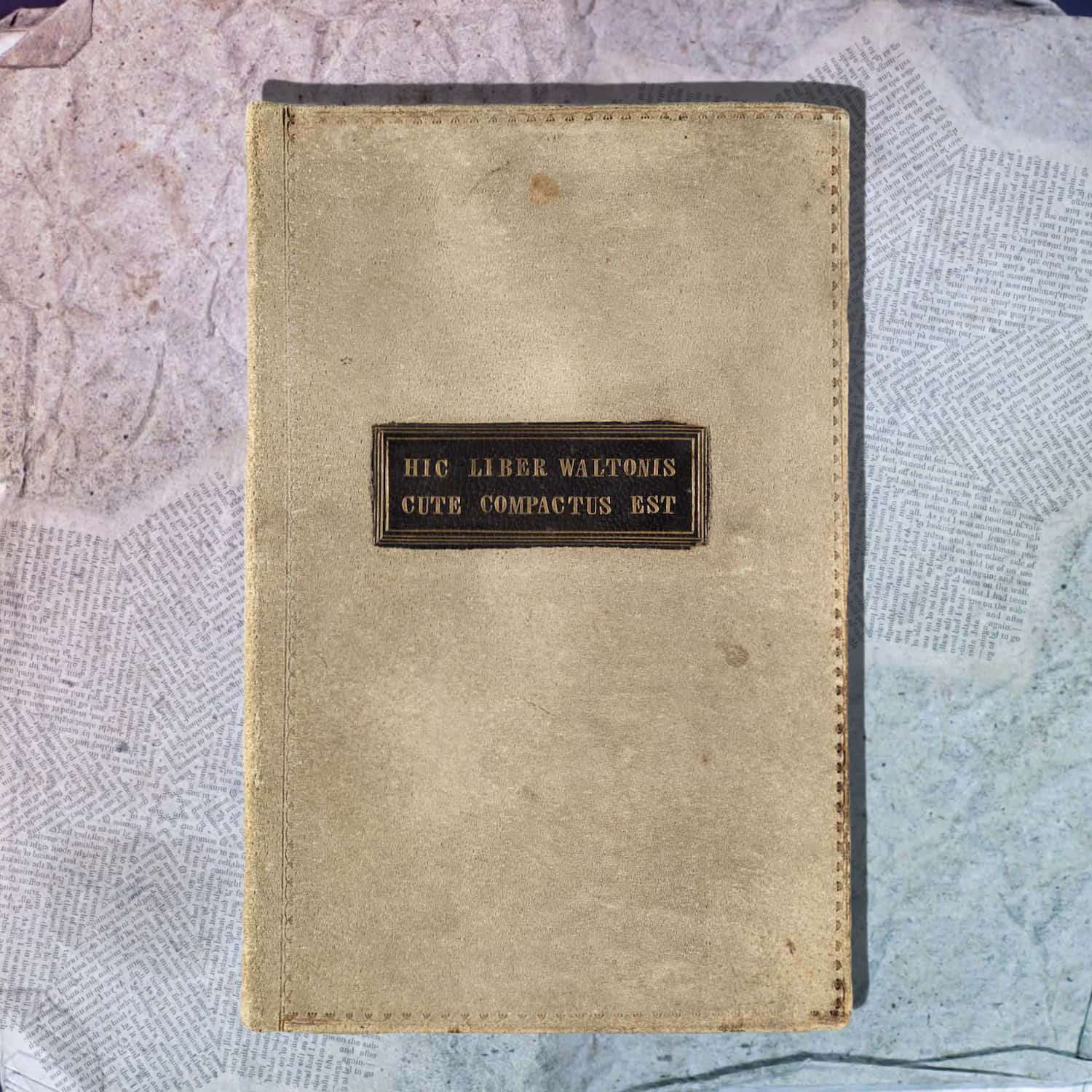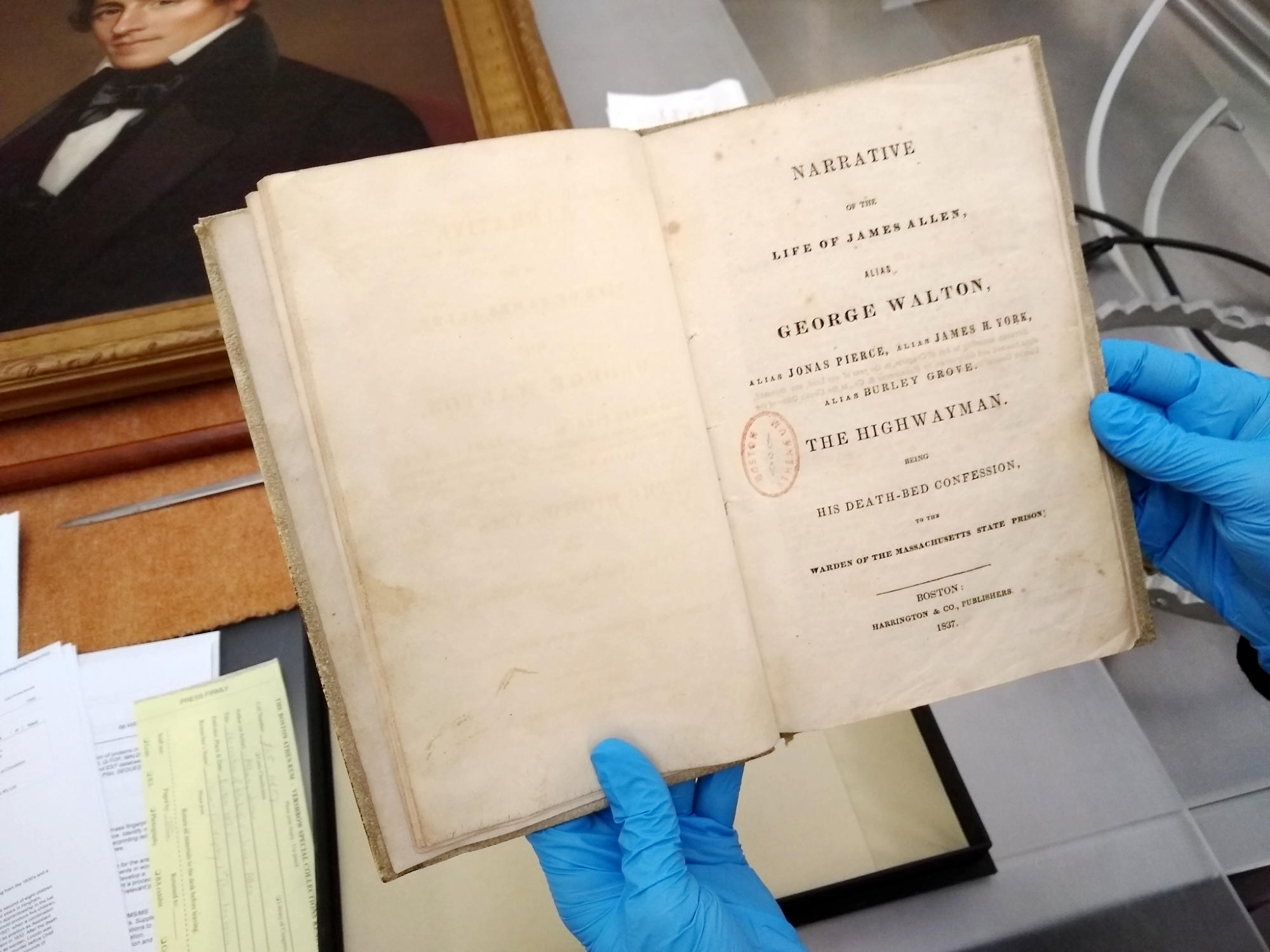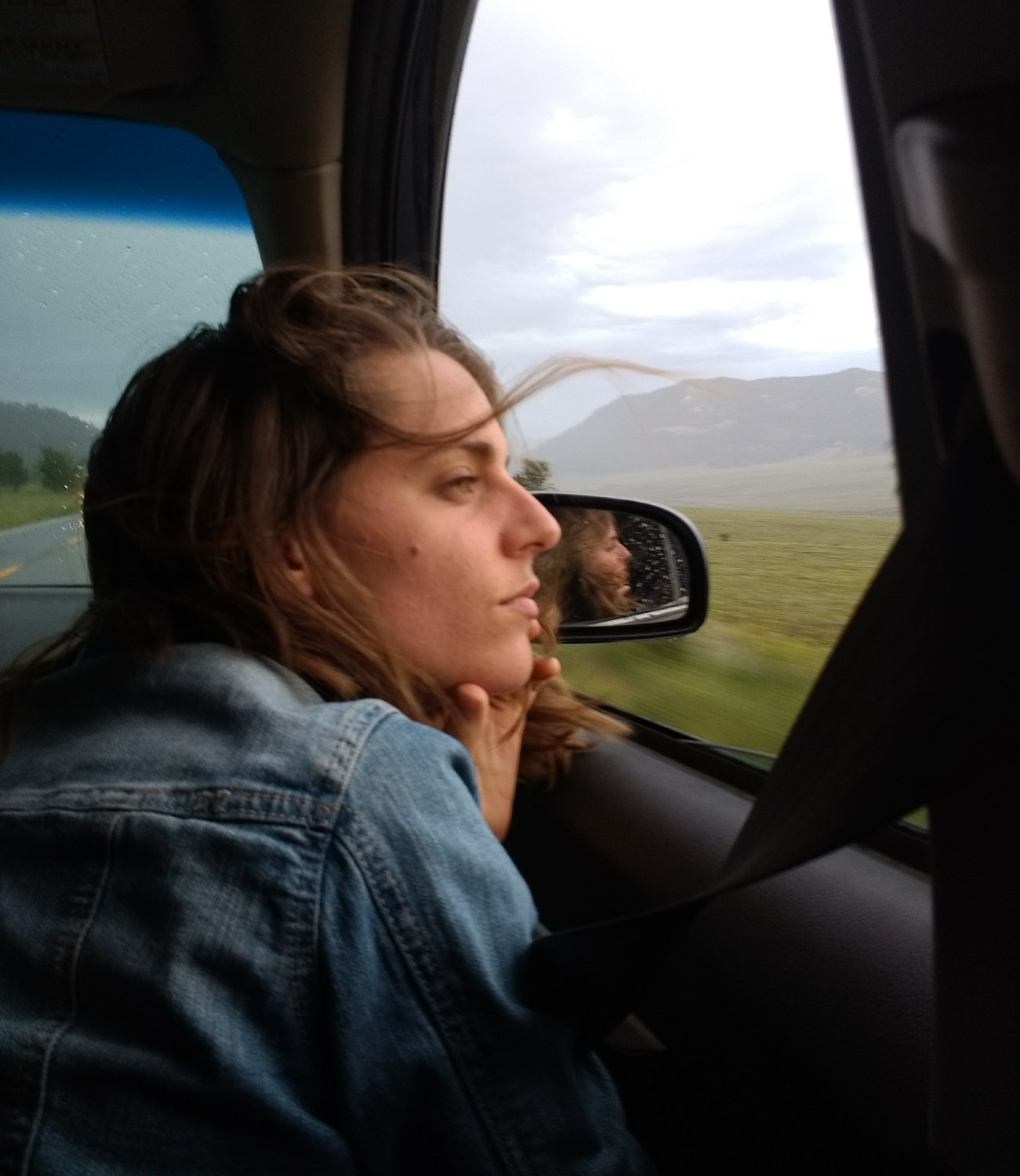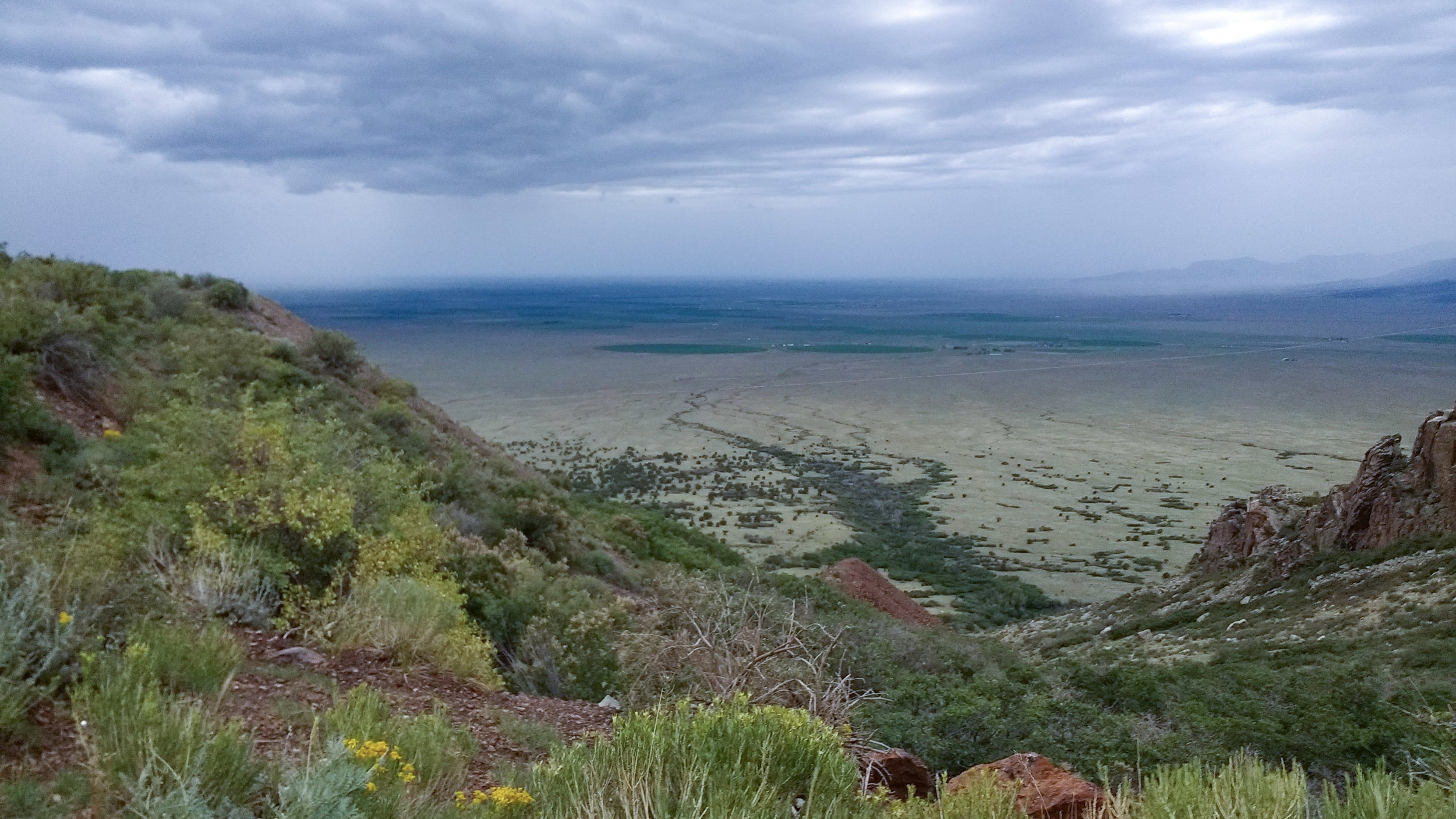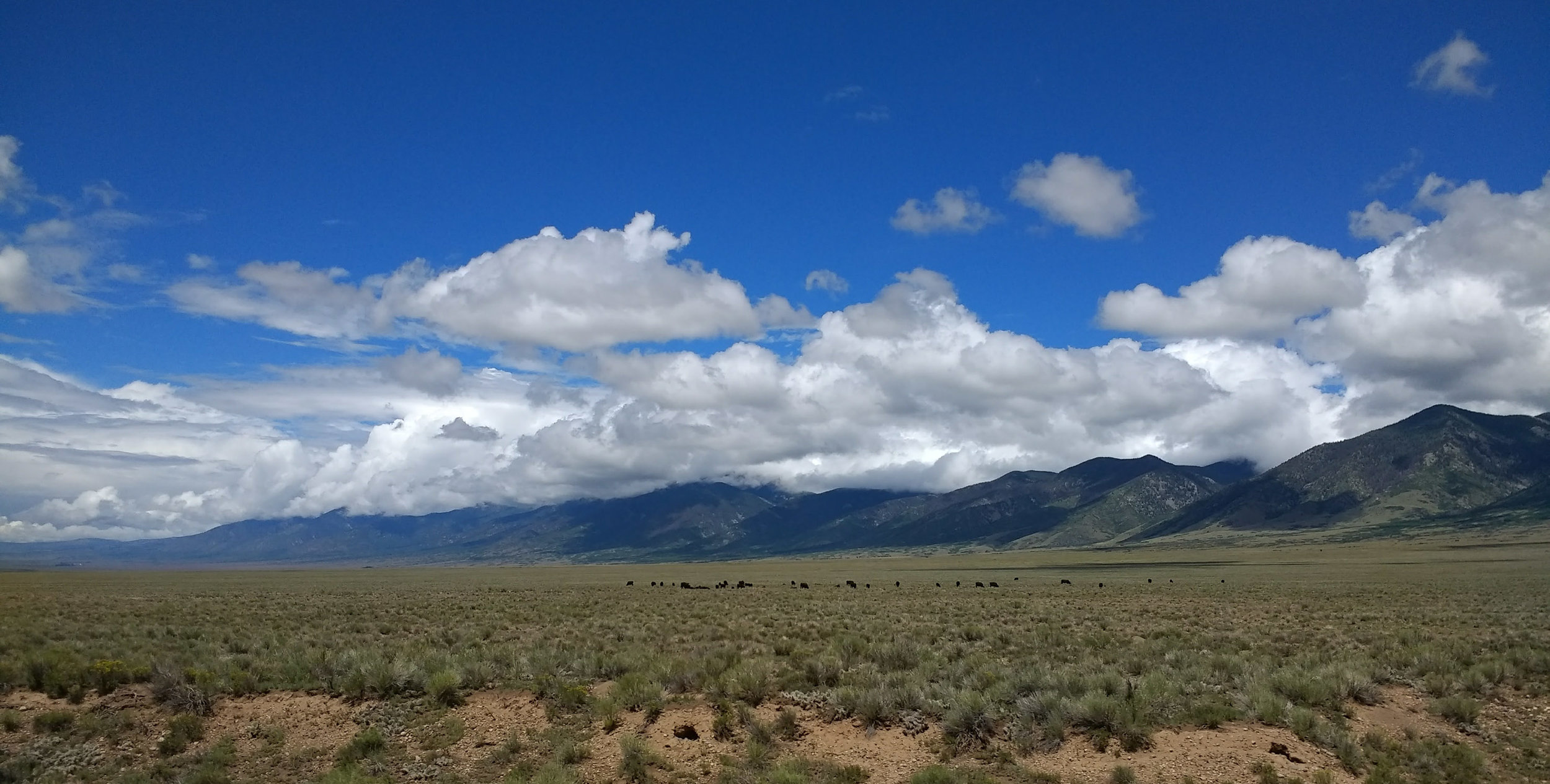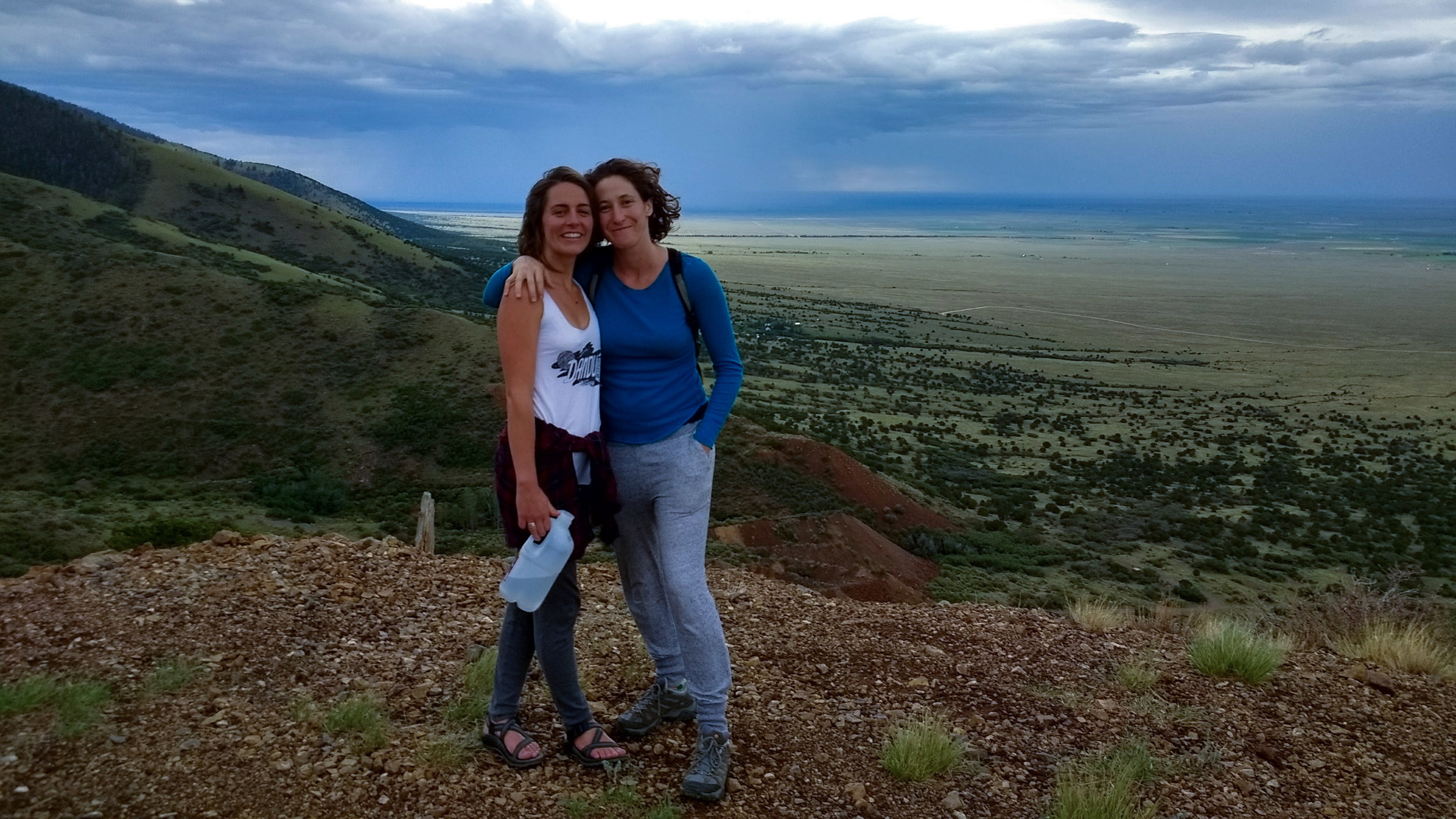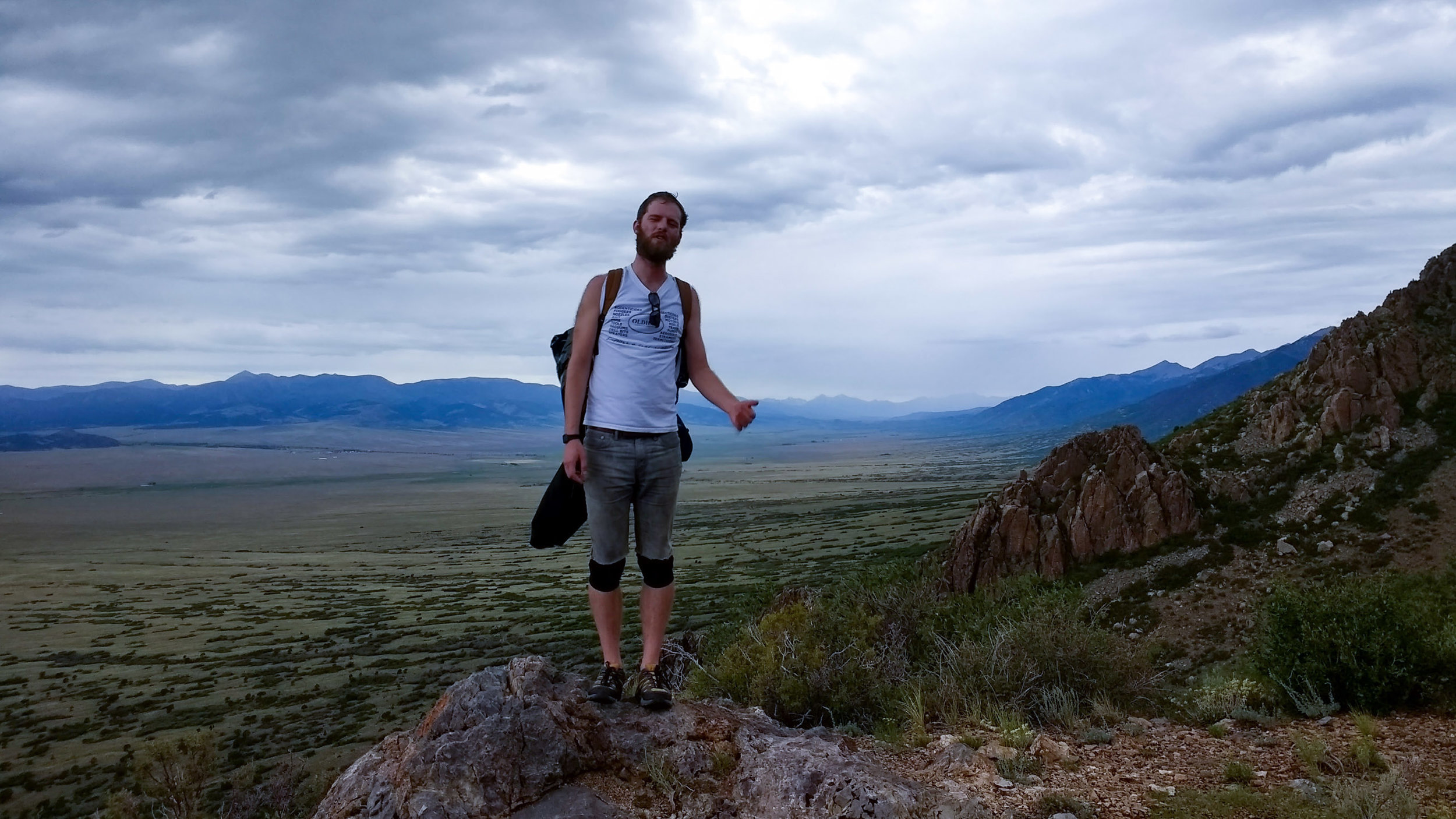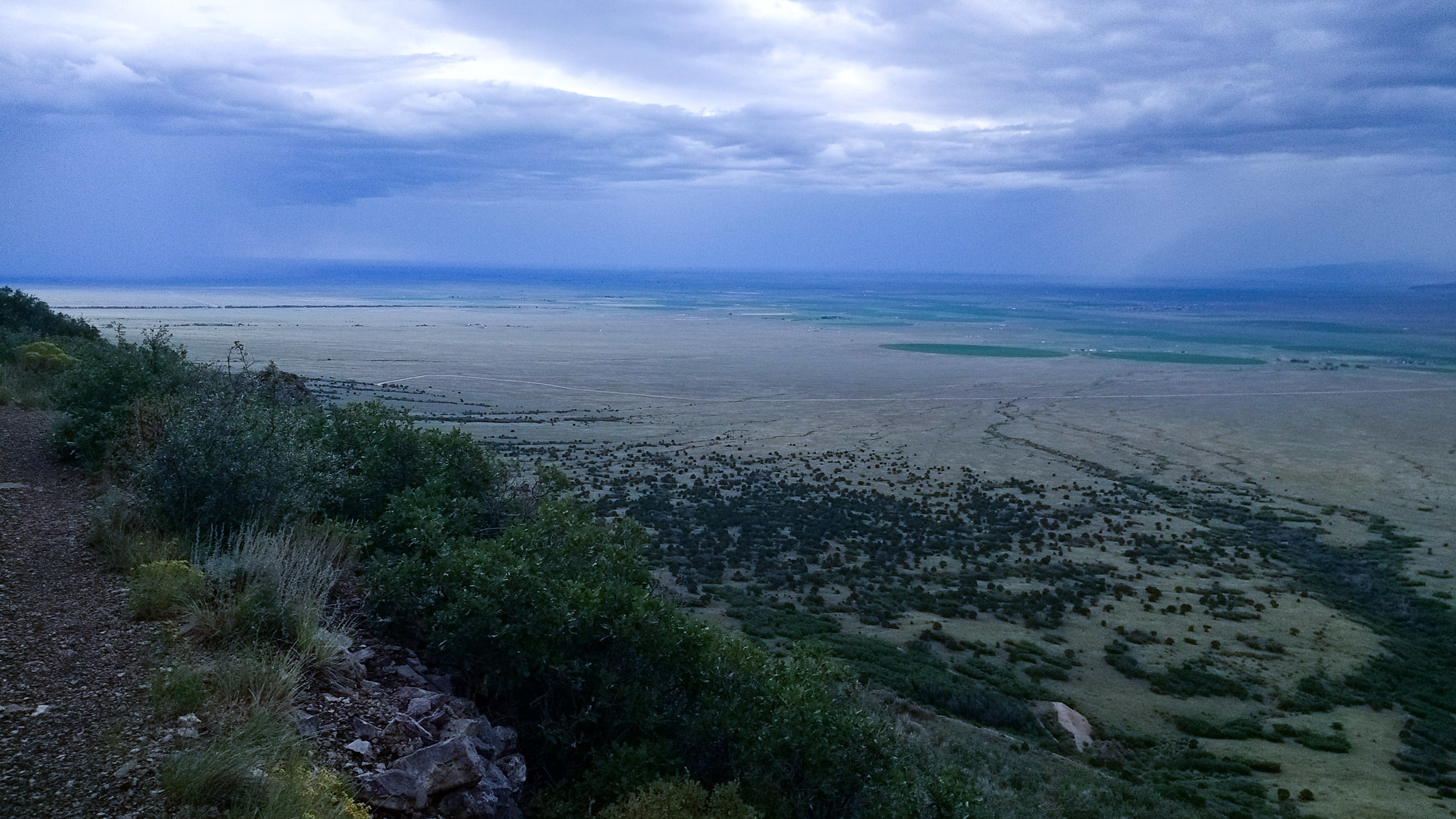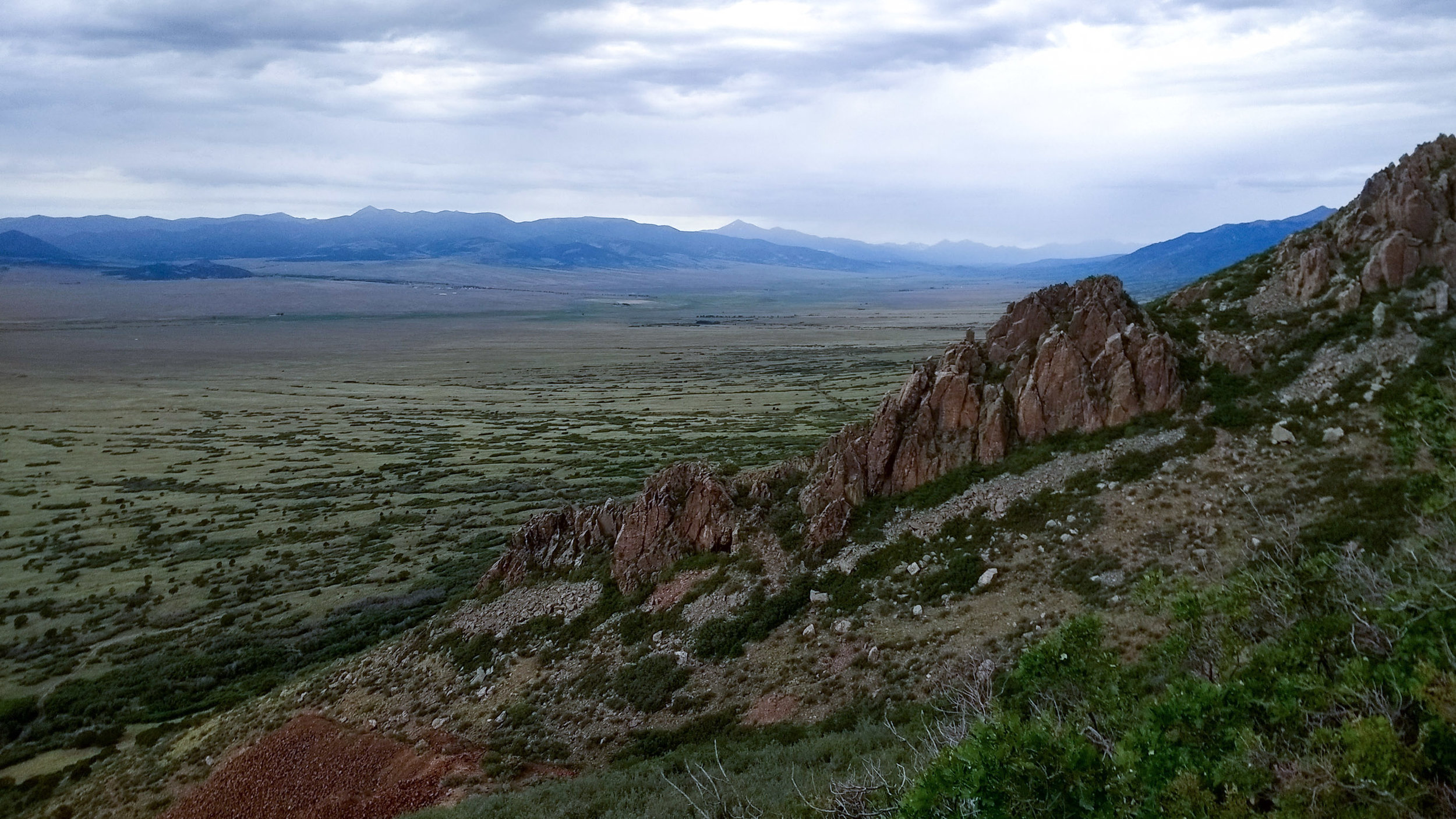HBM115: Bound in Walton et al.
/A highway robber with many aliases lay on his deathbed after contracting a bad flu. He dictated his life story to his captors before succumbing to his illness in July of 1837. His captors published the highwayman’s story posthumously with the title: Narrative of the life of James Allen, alias George Walton, alias Jonas Pierce, alias James H. York, alias Burley Grove, the highwayman. Being his death-bed confession, to the warden of the Massachusetts State Prison.
The story he tells details common robbery, horse theft, jewel trafficking, many jailbreaks, and several yellings of the phrase “Your money or your life!” with pistols drawn.
The book might have passed into obscurity if it weren’t for a dirty grey leatherbound copy that resides at The Boston Athenaeum. It bears a Latin inscription on its front cover: “HIC LIBER WALTONIS CUTE COMPACTUS EST” or (roughly), “This book is bound in Walton’s skin.”
As legend has it, the highwayman Allen (aka. Walton) requested that his memoirs be gifted to a man whom he once tried and failed to rob, Mr. John Fenno Jr. Further, the highwayman requested that the book be bound in his own skin.
Books bound in human skin are rare, though not unheard of. As of publish date, the Anthropodermic Book Project has confirmed 18 such books, and identified another 12 books previously thought to be human, but revealed to be of more customary leathers. Narrative of the life of James Allen… resides in the former category, being confirmed as human skin via a test called Peptide Mass Fingerprinting.
Dawn Walus, Chief Conservator at the Boston Athenaeum told HBM host Jeff Emtman that when they sent a sample of the book’s binding off for PMF testing, she and other athenaeum staff hoped the results would come back negative. Dawn considers the binding to be a bit of spectacle, and a distraction from the hundreds of thousands of other books in their collection, “I don’t think we want to be known as ‘the place that has the skin book.’…It seems out of place today.”
Producer: Jeff Emtman
Editor: Jeff Emtman
Music: The Black Spot, Phantom Fauna


